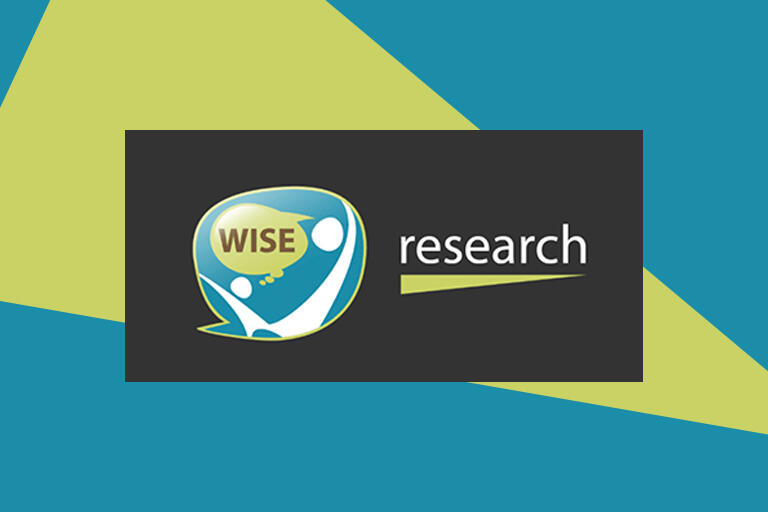The same artificial intelligence that drives chatbots, virtual assistants, and machine translation of one language to another is making its way into six San Francisco Bay Area middle schools as part of a research effort to support science teaching and learning.
A partnership between GSE Professor Marcia Linn’s WISE–TELS Lab(link is external) and Educational Testing Service(link is external) (ETS) combines the research on how students learn science with natural language processing (NLP)* AI technology, allowing teachers to see in real time students’ progress, and more importantly, giving students more engagement with their own scientific ideas as they seek answers.



